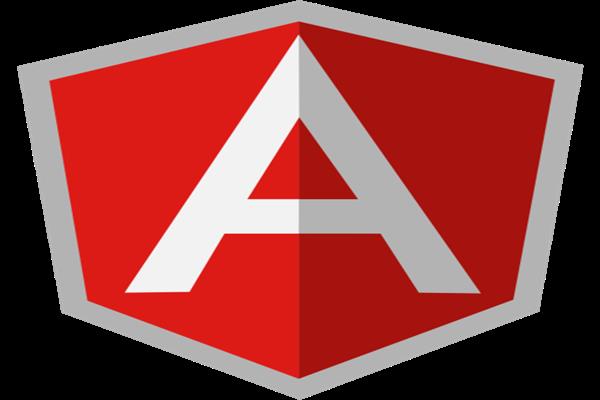Performance Comparison: Angular Apps vs React Apps
In today’s fast-paced digital environment, web performance is a key determinant of user experience, retention, and conversion rates. As businesses develop more dynamic, real-time applications—often tied to custom IoT solutions or enterprise-level platforms—selecting the right front-end framework is a mission-critical choice. Two of the most dominant players in this space are Angular and React.
While both have strong communities and widespread adoption, they approach application performance differently. Whether you want to hire Angular developer or partner with a React JS development company, understanding the performance trade-offs can help you make the right decision for your project.
Understanding Angular and React: A Quick Overview
Angular is a full-fledged framework developed by Google. It offers a comprehensive set of tools right out of the box, including routing, form validation, and dependency injection. React, developed by Facebook, is a UI library focused on building component-based interfaces. Developers usually pair React with external libraries for routing and state management.
Each has its strengths, but the way they handle performance can significantly affect the final product.
App Initialization Time
Angular
Angular applications are known for their relatively heavier bundle sizes due to their monolithic nature. This can result in slower initial load times, especially for apps that are not properly optimized. However, features like Ahead-of-Time (AOT) compilation and lazy loading can help minimize this issue.
React
React apps typically load faster at first because they’re leaner and allow for more modular development. The virtual DOM optimizes rendering by reducing the number of real DOM operations, which leads to quicker startup times in smaller and mid-sized apps.
Verdict: If you need a lightweight app with fast initial loads, especially for mobile-first users, a React JS development company may be the better fit.
Rendering and DOM Manipulation
Angular
Angular uses a real DOM with change detection, which checks for updates in data-bound components. While this ensures consistency, it can slow down apps with frequent state changes or large UIs.
However, Angular’s Ivy rendering engine introduced in recent versions has significantly improved its performance, offering faster compilation and smaller bundle sizes.
React
React's virtual DOM is one of its strongest advantages. It calculates the minimal set of changes needed and applies them efficiently. This makes React apps highly performant when handling frequent UI updates—ideal for chat apps, dashboards, or custom IoT solutions showing real-time data.
Verdict: React generally provides smoother rendering for dynamic UIs. But Angular's Ivy has narrowed the gap.
Component Load Time and Lazy Loading
Angular
Angular has built-in support for lazy loading, which means it can defer the loading of certain modules until they’re needed. This is essential for performance in large enterprise apps. It also supports preloading strategies that balance loading speed and resource efficiency.
React
React supports code-splitting through libraries like React.lazy and Loadable Components, allowing on-demand loading of components. While not built-in from the start, these tools are powerful and flexible.
Verdict: Both handle lazy loading well, but Angular’s integrated approach gives it an edge for complex projects where module organization is crucial.
Scalability and Performance Maintenance
Angular
Angular is opinionated and provides strong architectural guidance, which helps maintain performance as the app grows. The structured approach makes it easier for a hire Angular developer to scale apps while preserving responsiveness.
React
React offers more freedom but requires more discipline to maintain performance as your app expands. Without proper design patterns and state management (e.g., Redux or Recoil), large React apps can become sluggish.
Verdict: Angular may be more suitable for teams planning large-scale applications with long-term maintenance in mind.
Developer Productivity and Optimization
Angular
Because Angular includes many features out of the box, developers can focus more on performance optimization and less on assembling third-party libraries. Tools like Angular CLI simplify production builds, lazy loading, and AOT compilation.
React
React’s flexibility comes with a learning curve. Developers must choose and configure additional tools for optimization. However, experienced teams from a reliable React JS development company can deliver highly optimized builds with custom configurations.
Verdict: Angular provides faster onboarding and structured optimization. React allows more custom-tailored solutions with the right expertise.
Real-World Use Cases and Performance
-
IoT Dashboards: Apps displaying real-time data from custom IoT solutions benefit from React's virtual DOM, which ensures fast, smooth updates without full page reloads.
-
Enterprise Admin Panels: Angular’s structured architecture and built-in tools make it ideal for developing scalable admin panels with many modules and routes.
-
E-Commerce Sites: React’s component-based design and SEO-friendliness (via SSR with Next.js) make it suitable for fast-loading, content-rich shopping platforms.
-
Healthcare Portals: Angular’s form validation, dependency injection, and routing support make it suitable for secure, large-scale healthcare apps.
SEO and Server-Side Rendering
Angular
Angular Universal allows server-side rendering (SSR), which boosts SEO performance. However, it can be complex to set up and may require significant configuration.
React
React pairs easily with Next.js for SSR, static site generation (SSG), and incremental static regeneration. This makes React a go-to for SEO-heavy applications.
Verdict: React wins here with simpler SSR solutions and broader adoption for SEO optimization.
When to Hire Angular Developer vs React Company
If you're building a structured, enterprise-grade application with multiple modules, forms, and long-term scalability in mind, it makes sense to hire Angular developer talent. The built-in tools, CLI, and ecosystem offer predictable performance across project phases.
For lightweight apps with high interactivity or when working with rapidly updating UIs—especially in custom IoT solutions—React's speed and flexibility give it an edge. In such cases, working with a specialized React JS development company can help you get the best performance and UX.
Final Thoughts
Performance isn’t just about speed—it’s about the overall user experience, scalability, and how well your app handles real-world use. Both Angular and React are high-performing technologies, but each serves different needs based on project size, complexity, and future growth.
Choosing between the two depends on your specific goals. Whether you hire Angular developer for a highly scalable admin portal or team up with a React JS development company for a sleek, fast dashboard, aligning the framework with your performance needs is essential for long-term success.
Let performance guide your decision—not just popularity.





